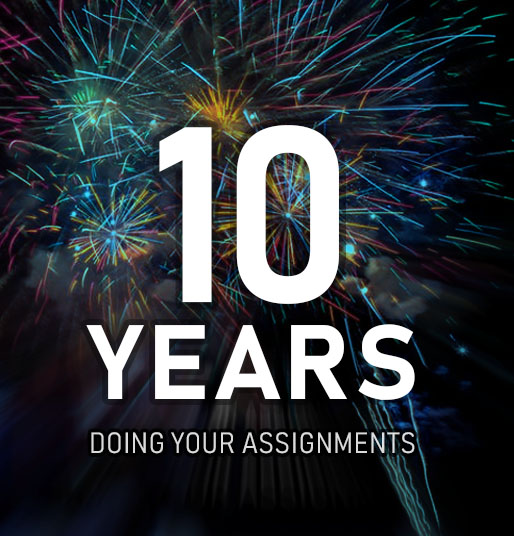Learn more about our help with Assignments: History
Search & Filtering
History
- Now imagine you are the editor of the paper that receives a letter like this. If you print it, you might be arrested, too. Your family and friends may have to answer questions by the police. What would you do?
History
Do you think that the rights of “equality, liberty, and fraternity [to meet freely as a group]” in the American Revolution (c. 1765-1784) and the French Revolution (1789-1799) included everyone, or did it exclude some people? Discuss in relation to gender and race.
History
Define The Atlantic Slave Trade, and explain why you think they are importance in world history:
History
Look at “Source A” (see attached pdf instructions for the image), a portrait of the Haitian Revolutionary leader, and former slave, Toussaint Louverture painted by John Kay in 1805. Describe, with reference to at least two visual clues in the portrait, how the artist has represented the future ambitions of the black revolutionaries. What does the source tell us (or not tell us) about the historical context
History
How did the population act 30 of 1950 affect black people 's lives
History
- Look at “Source A” (see attached pdf instructions for the image), a portrait of the Haitian Revolutionary leader, and former slave, Toussaint Louverture painted by John Kay in 1805. Describe, with reference to at least two visual clues in the portrait, how the artist has represented the future ambitions of the black revolutionaries. What does the source tell us (or not tell us) about the historical context and period? (30 marks; 200 to 250 words)
History
- Do you think that the rights of “equality, liberty, and fraternity [to meet freely as a group]” in the American Revolution (c. 1765-1784) and the French Revolution (1789-1799) included everyone, or did it exclude some people? Discuss in relation to gender and race. (50 marks; 300 to 400 words).
History
What were the reasons Edward did not have a child
History
What is the history of athletics
History
What difficulties do historians encounter in using Columbus’ journals and 16th-century European engravings as sources for understanding the encounter between European explorers and indigenous peoples of the New World c. 1492 (The Americas)? How would you advise historians to approach these sources?

